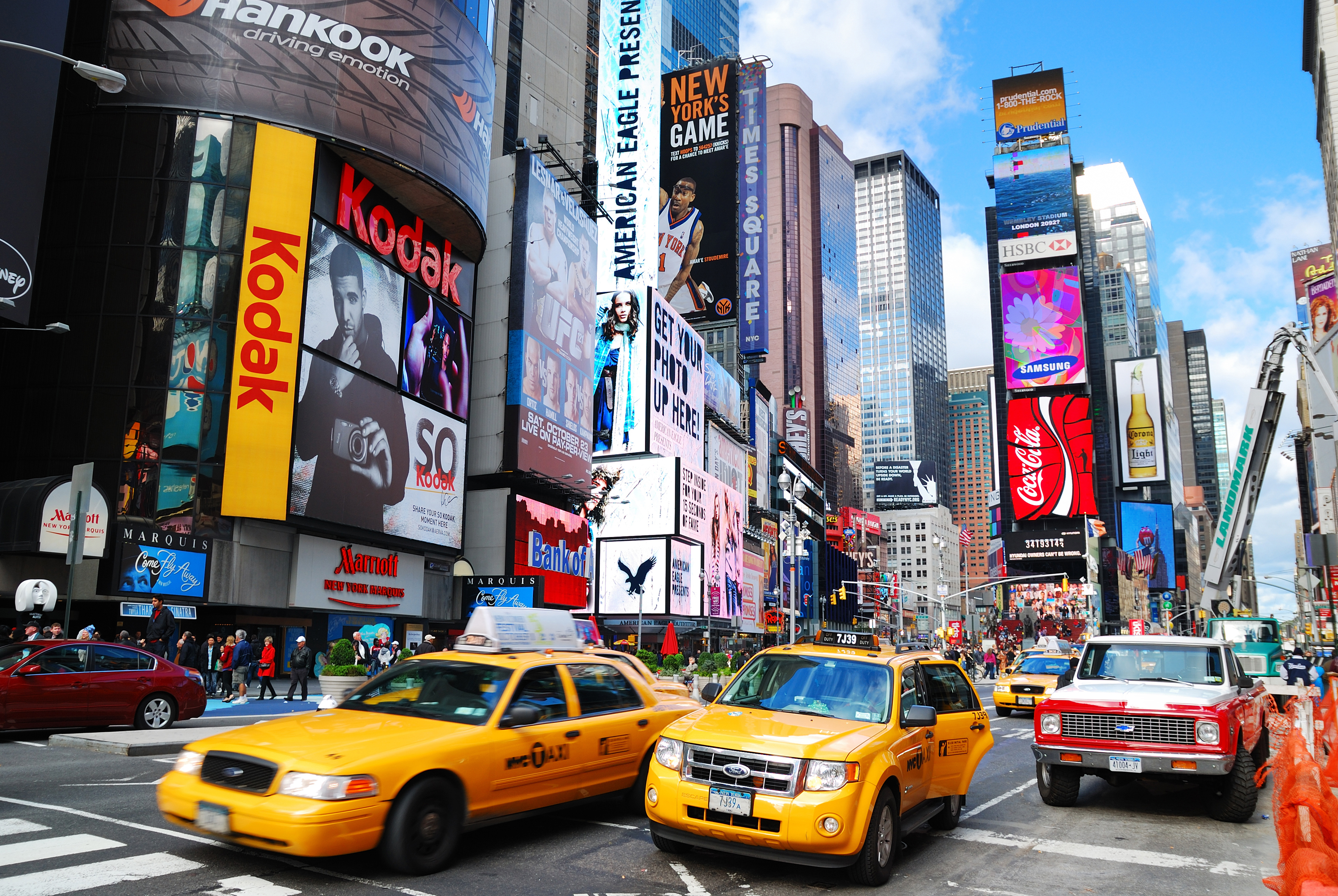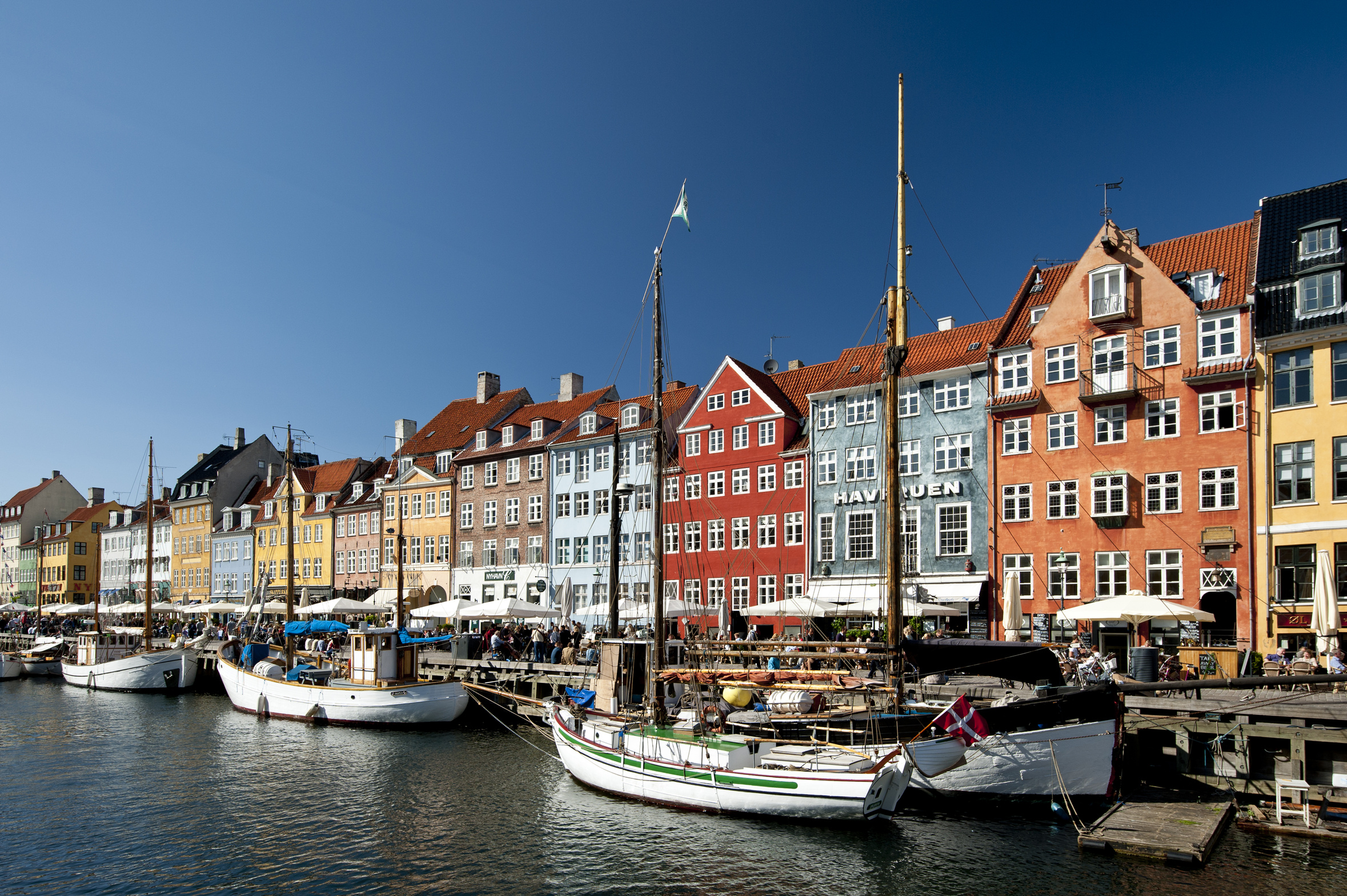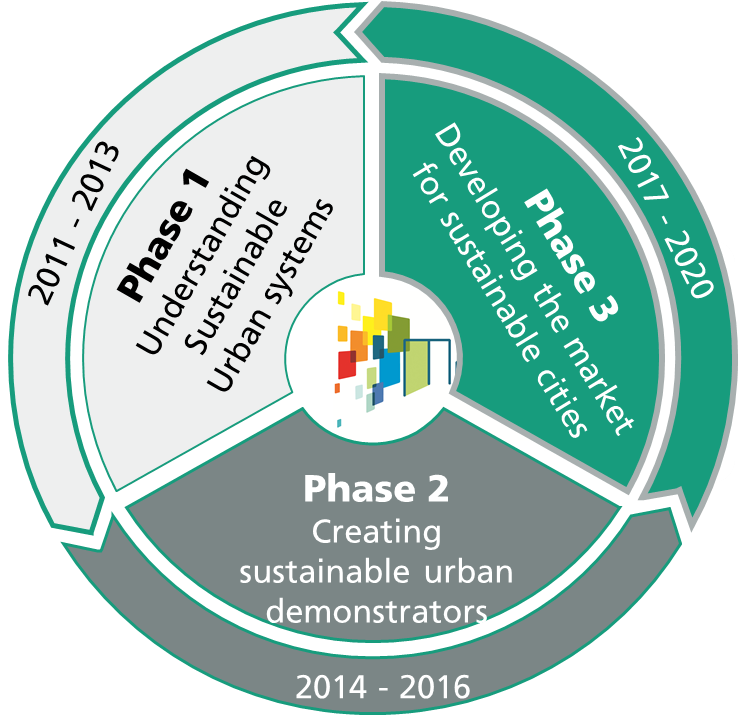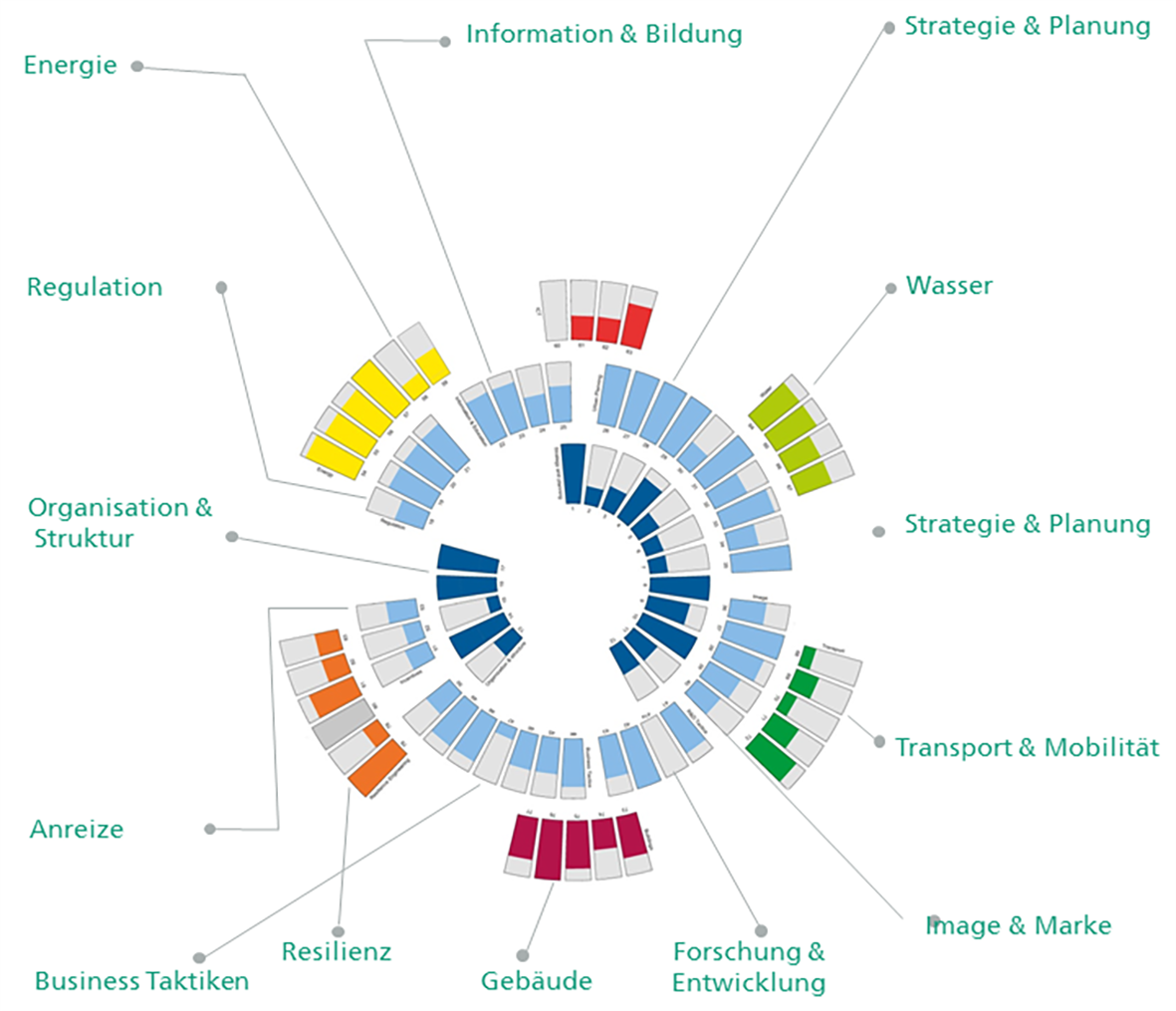Framework data from Phase I
The first phase of m:ci took place in the period from June 2012 to October 2013. First, eight key sectors were identified for the future viability of cities: energy, mobility, ICT, buildings, production & logistics, security, governance and water infrastructure. Based on a global screening of best practice examples; successful innovations, technologies, business models and processes were identified. Out of the results, six cities, Freiburg, Copenhagen, New York, Berlin, Singapore and Tokyo, were identified as global pioneers in the area of sustainable urban development.





